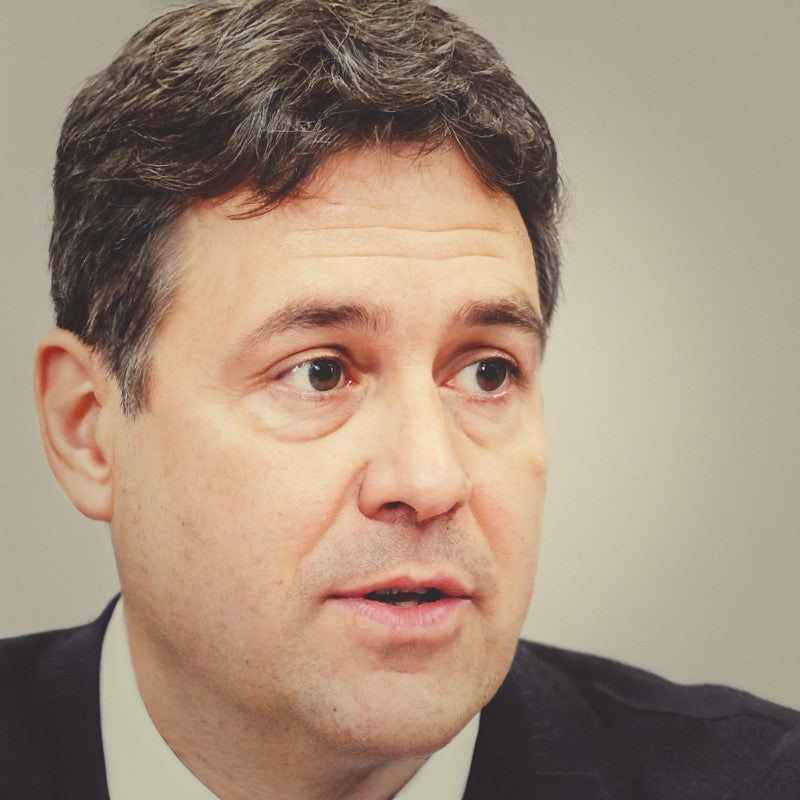Crafting a 250-word statement for Civil Service exams can be one of the most daunting tasks for candidates.
Many find it challenging to concisely capture their experiences and demonstrate their suitability for the role within such a limited word count.
However, with a thorough understanding of the required behaviour and a solid structure, this task can transform from a weakness into a strength.
Related Article: 5 Leadership Behaviour Statement Examples
Understanding the "Leadership" Behaviour at SEO Level
At the Senior Executive Officer (SEO) level, the "Leadership" behaviour demands more than just managing a team. It encompasses inspiring and motivating others, driving change, and delivering results in a complex and dynamic environment. SEO leaders are expected to:
- Inspire and Influence: Use their influence to inspire others, build trust, and foster a positive team environment.
- Drive Strategic Vision: Articulate a clear vision for the future and guide their team towards achieving strategic goals.
- Lead Through Change: Navigate and lead through change, ensuring stability while driving transformation.
- Develop Capability: Invest in the growth and development of their team members, building future leaders.
This level requires a more strategic approach compared to previous grades, emphasizing the ability to see the bigger picture and lead initiatives that align with organizational goals.
Structuring Your Statement with B-STAR
One effective way to structure your 250-word statement is by using the B-STAR technique: Belief, Situation, Task, Action, and Result. This method helps ensure that your statement is comprehensive and focused.
-
Belief: Start with your belief or philosophy about leadership. This sets the tone and provides context for your actions.
-
Situation: Briefly describe a specific situation where you demonstrated leadership. Make sure it’s relevant and showcases your strategic thinking.
-
Task: Outline the task you were responsible for. What were the objectives and expectations?
-
Action: Detail the actions you took to address the task. Focus on what you did specifically, how you motivated others, and how you navigated challenges.
-
Result: Conclude with the outcomes of your actions. Highlight the positive impact you had on the team and the organization, ensuring that it aligns with the "Leadership" behaviour at the SEO level.
Now that we have covered the essential elements, let's delve into an example statement to illustrate how these principles can be applied effectively.

Check out 50 example statements across all 9 key behaviours
250 Word Statement Example
I believe that true leadership lies in inspiring and empowering others to achieve a common vision. This belief shapes my approach to leading teams effectively.
As a Program Coordinator, I was tasked with launching a new youth mentorship initiative. The goal was to pair at-risk youth with mentors who could provide guidance and support.
First, I clearly communicated the vision and objectives of the program to my team and stakeholders. I outlined the specific activities and timelines, ensuring everyone understood their roles and the importance of their contributions.
Recognizing the diverse needs and backgrounds of my team, I held individual meetings to gather their ideas and address any concerns. I encouraged an inclusive environment where every team member felt their input was valued. This collaborative approach led to innovative ideas for the program.
To keep the team focused and motivated, I implemented regular check-ins and progress updates. I also created a shared online platform where we could track our milestones and share resources. This transparency helped everyone stay aligned and accountable.
When conflicts or issues arose, I addressed them promptly and fairly. I facilitated open discussions to resolve misunderstandings and ensured that everyone felt heard. For more serious matters, I escalated them to senior management to maintain a positive and respectful work environment.
The program successfully launched with full participation and received positive feedback from both mentors and mentees. This experience reinforced my belief in the power of inclusive, supportive leadership to drive meaningful outcomes and foster a cohesive team.


